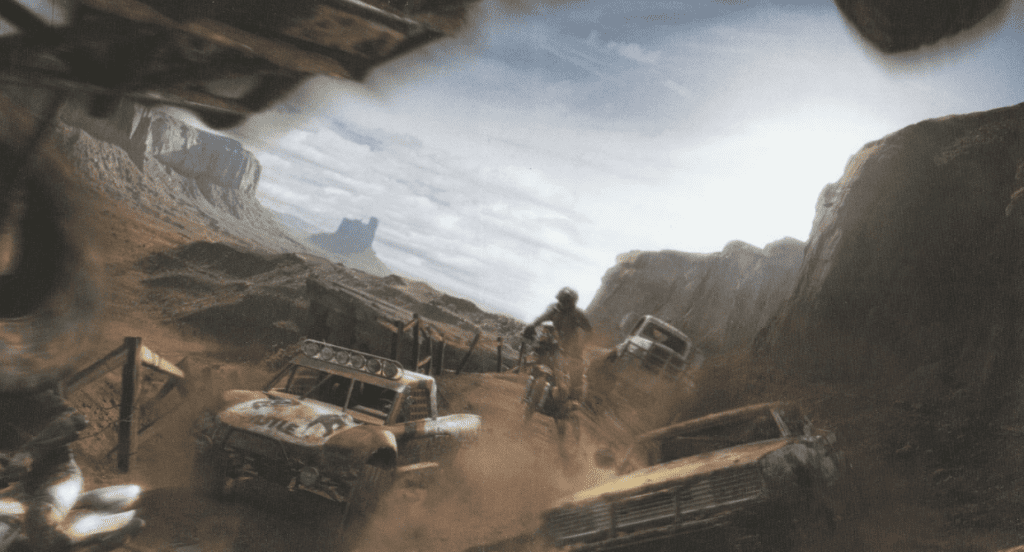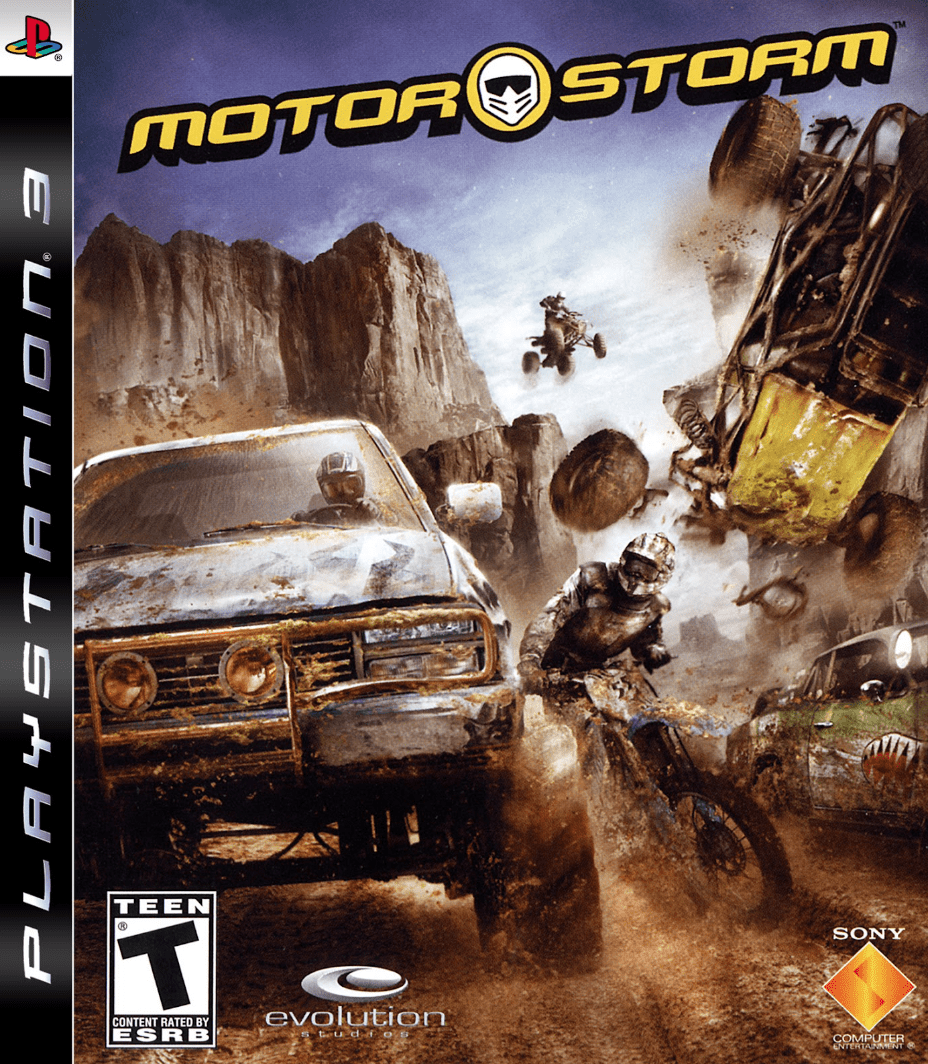When the PlayStation 3 launched in 2006, it was facing an uphill battle. Microsoft had already launched its HD-capable Xbox 360 in an attempt to steal the thunder from Sony’s upcoming console. What’s more, the PS3 would undoubtedly be compared to the outrageous success of its predecessor, the PlayStation 2 which remains the best-selling video game console of all time even now, roughly 23 years later.
And when it came to racing games, the PlayStation 2 had some of the best, revving their engines as part of a seemingly endless library of titles that put the pedal to the metal. Multiple entries in the Gran Turismo, Midnight Club, and Need For Speed franchises appeared on the PlayStation 2 along with several other notable racers.
Around launch, the PlayStation 3 put forward a trio of racing games to demonstrate the new system’s power and high-definition graphical fidelity, Need For Speed Carbon, Ridge Racer 7, and Motorstorm, an off-road racing game that carved out a niche for itself by ditching the black top for a canyon full of mud-covered ramps, multiple pathways to carve through the dirt, and a variety of vehicle types unseen in most racing games.



Developed by Evolution Studios, who had previously worked on the World Rally Championship series of rally car titles for the PS2, MotorStorm introduced players to the fictional MotorStorm Festival in the real-life locale, Monument Valley, in the American Southwest. Drivers competed in numerous races to win the festival and made use of multiple vehicle types to do so. Dirt bikes, buggies, rally cars, ATVs, trucks, and even big rigs were available, each with their unique driving styles and attributes. Big rigs had poor handling in the muck and couldn’t fit through narrow spaces, but once they got going they were hard to stop. Smaller vehicles like the buggies were more maneuverable but it didn’t take much of a bump to send them hurtling toward a crash.
No matter which vehicle players chose, success depended heavily on their judicious use of nitrous boosts. The more nitro you gave the engine, the hotter she’d run. Leave that boost finger a little too heavy on the controller and your car was liable to explode when the temperature went critical.
To add to the insanity, the tracks had real-time deformation, meaning no lap was necessarily the same. For example, larger vehicles could leave holes and divots in the track that other racers would have to contend with their next time around.
If you slept on MotorStorm in its heyday, you’re in good company. I was far more concerned with the building-sized robots stomping around in Mobile Suit Gundam: Crossfire, and eager to lock and load in Call of Duty 3. MSG: Crossfire was about as remains about as lackluster as a giant robot game can get, and COD 3 has been dethroned by later installments several times over at this point. But as I discovered recently on my Twitch stream looking back at forty years of video game history, MotorStorm stands the test of time—even for gamers who rarely go in for driving simulators or racing titles.
I had two racing games on the docket for our Twitch stream on PlayStation 3 launch titles. I’d included MotorStorm on a whim, thinking that between the two of them, Need For Speed Carbon would excite my need for speed the most. When Carbon started off with an after-school special-style PSA about not street racing in real life, I felt the immersion break away like so much shattered windshield glass. Helpful, authoritative advice in my illegal street racing game? Talk about cognitive dissonance.
Once I popped MotorStorm into my PlayStation 3, Need For Speed Carbon became a distant memory. Here was a game that prioritized fun, a game that wanted you to chew up the dirt and the competition.
Motorstorm received multiple sequels on the PlayStation 3 including MotorStorm: Pacific Rift in 2008 and MotorStorm: Apocalypse in 2011. Strangely enough, MotorStorm also made its way to the PlayStation 2 and PlayStation portable in the form of MotorStorm: Arctic Edge in 2009. An RC version of the game, Motorstorm: RC hit the PlayStation 3 and PlayStation Vita in 2012.
Seventeen years after its release, MotorStorm’s unapologetically down and dirty racing game play paired with a grungy, hard-rockin’ soundtrack, provides a sense of unbridled joy that more than stacks up against modern racing titles. This isn’t the ultimate driving simulator or the most graphically impressive racing game, but it is a hell of a lot of fun.
